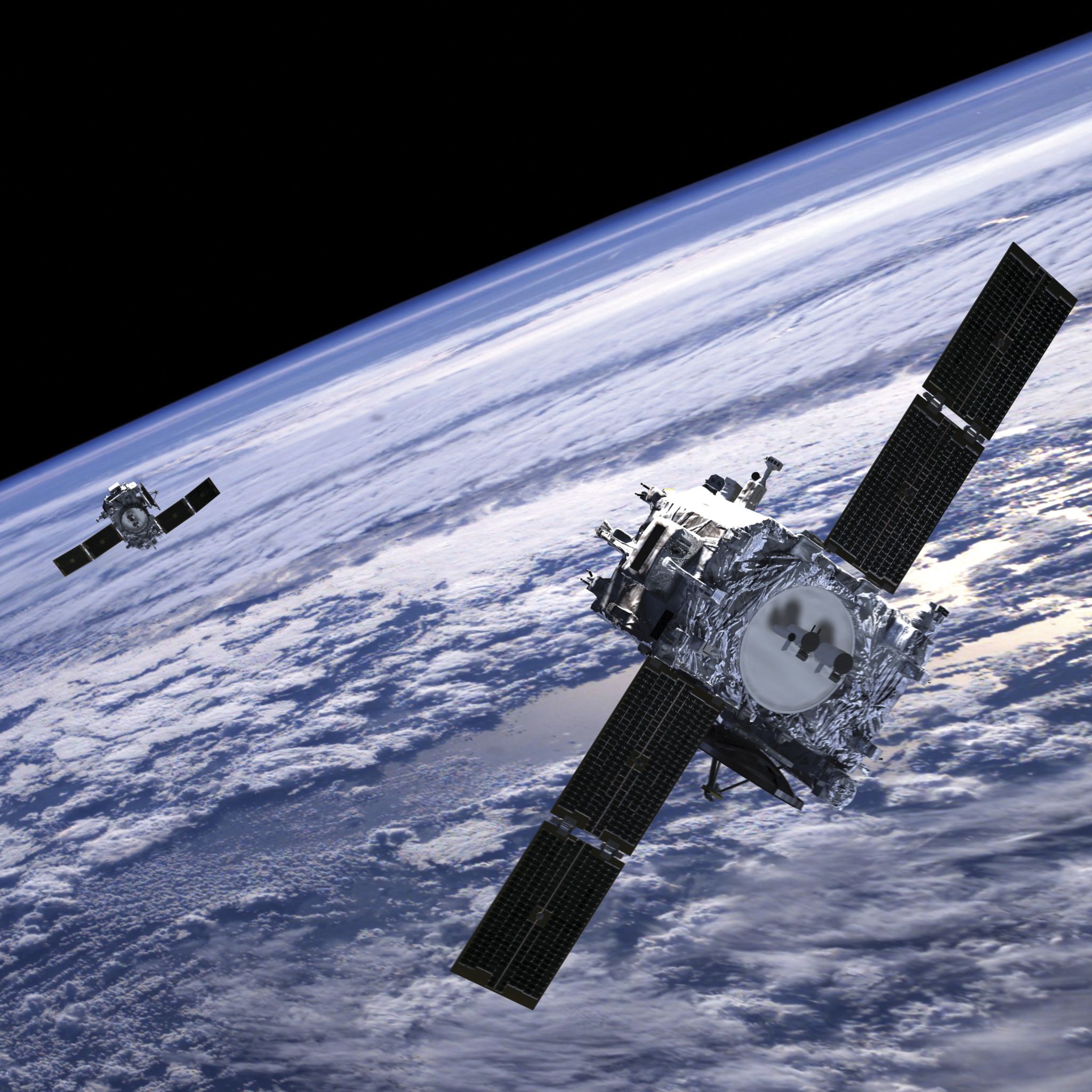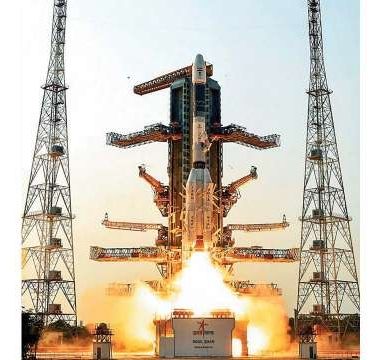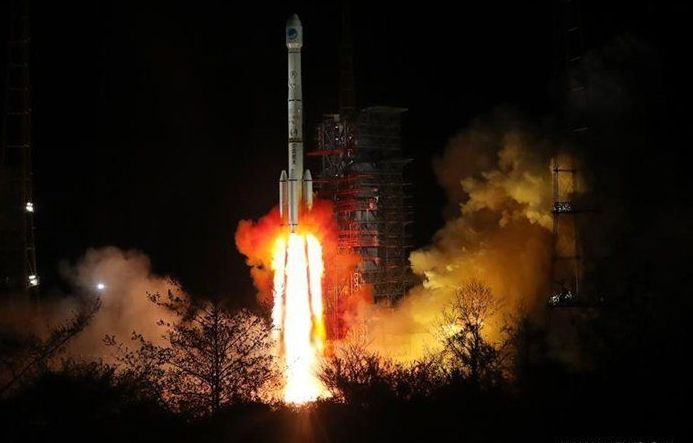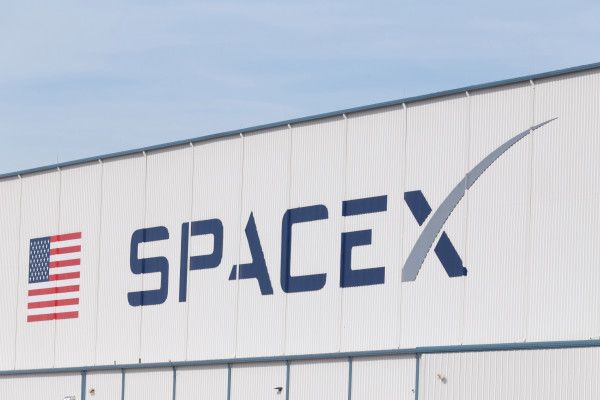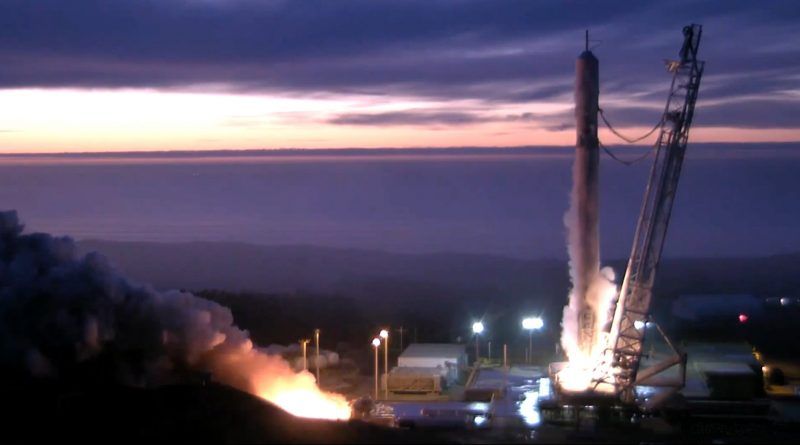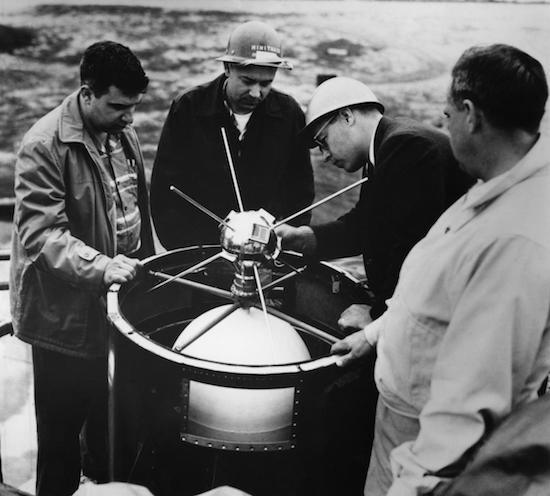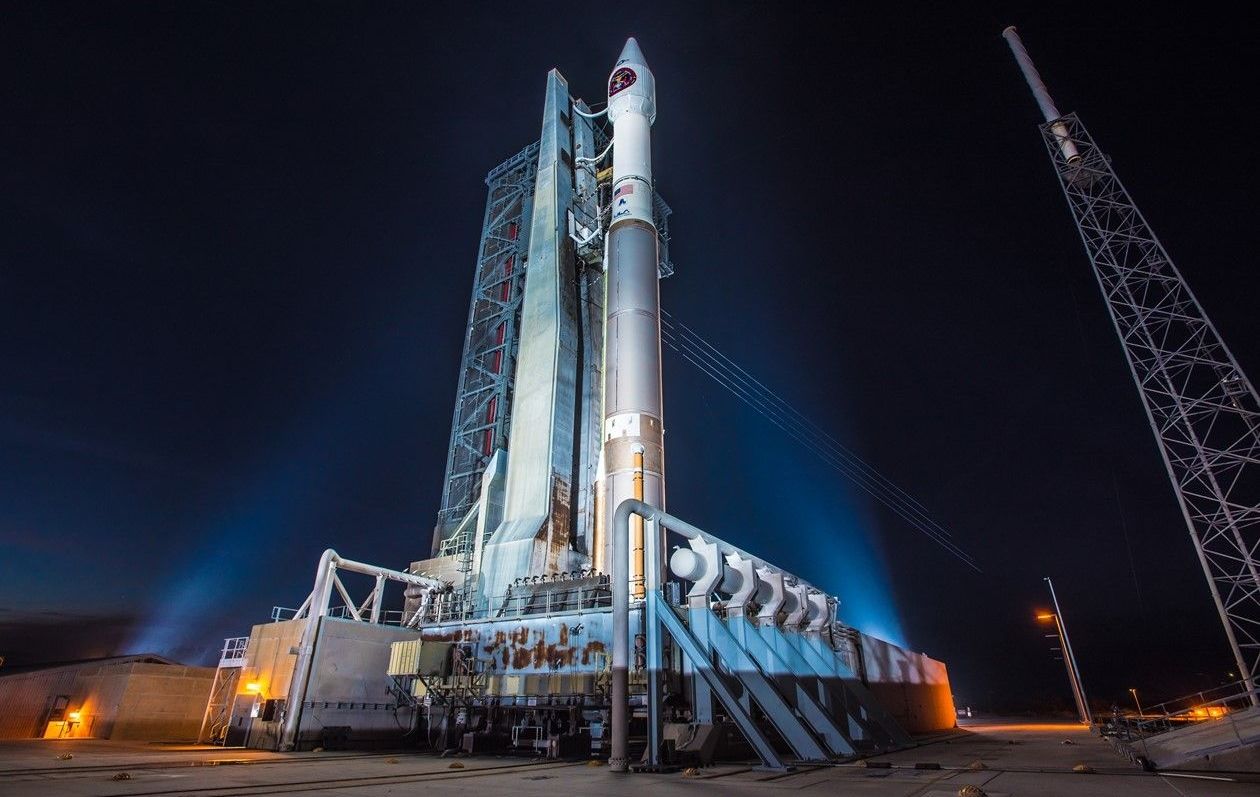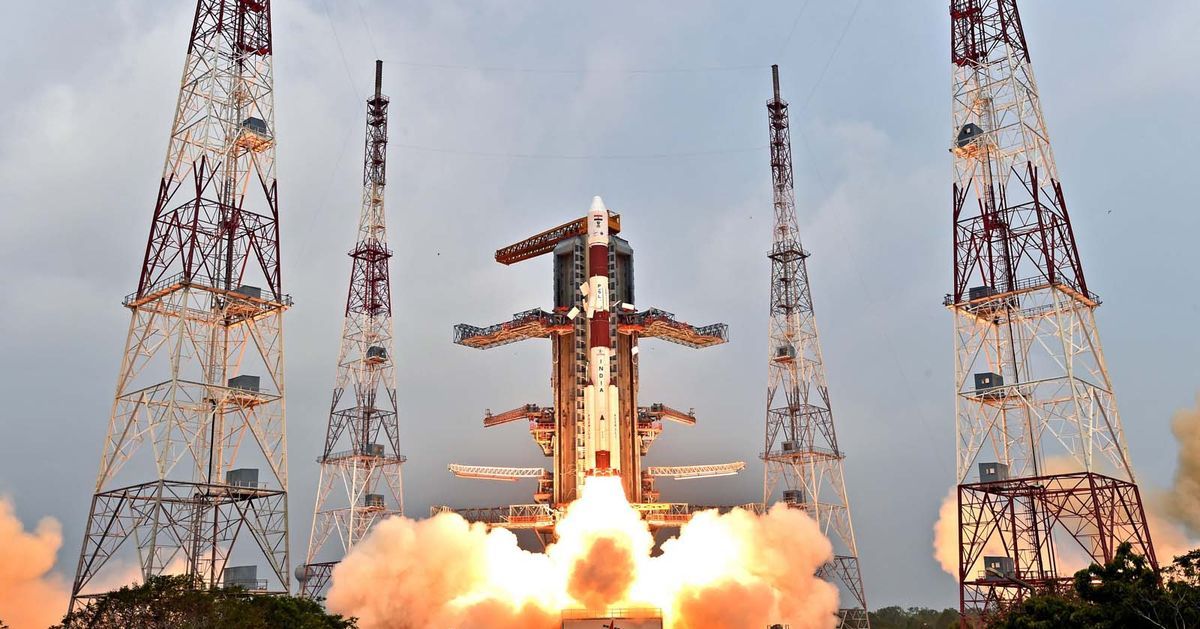Tiangong 1, China’s fallen space station, is now in pieces somewhere on the floor of the Pacific Ocean, but it’s hardly the last spacecraft that will plunge to earth. In fact, by the end of the week, three more are expected to re-enter the atmosphere.
Two pieces of space junk from Kazakhstan and one from India are headed home, part of the surprisingly regular amount of cosmic debris that falls to earth each year. The first could occur as early as tomorrow evening, according to Satview.org.
PSLV R/B, an Indian spacecraft that was launched Nov. 4, 2013, is expected to reenter the atmosphere at approximately 6:30 p.m. ET Tuesday. That will be followed Wednesday at 7:30 p, m, ET by FLOCK 2E-3, a Kazakh spacecraft that has been orbiting earth since Nov. 19, 1998. Finally, Friday morning at approximately 10:24 a.m. ET, FLOCK 2E’-6, another Kazakh orbital will fall to earth.
